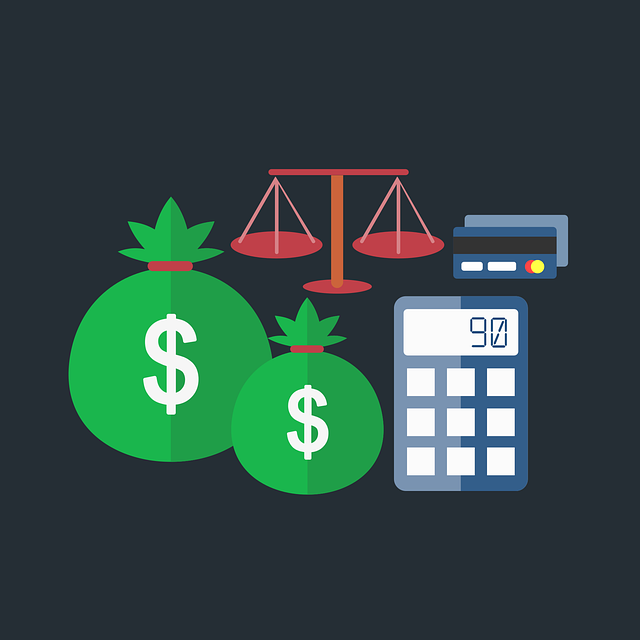Collateral requirements are essential for business loans, providing lenders with security through assets like real estate, vehicles, equipment, or accounts receivable. While traditional bank options demand strict collateral, alternative loans offer flexible solutions such as equipment financing, inventory loans, and real estate-backed lending. To secure a loan, businesses should assess valuable assets, organize detailed documentation with professional help, and maintain up-to-date records to increase their chances of favorable loan terms, including lower interest rates and flexible repayment conditions.
“Unraveling the complexities of business financing, this article guides you through the crucial aspect of collateral requirements for loans. In the dynamic world of business lending, understanding what lenders seek is essential for entrepreneurs. From traditional assets like real estate to alternative options, we explore diverse forms of collateral. Learn about the preparation process and gain insights into meeting these demands effectively. Discover how alternative loan choices, often more flexible, can cater to various needs without stringent collateral expectations. Optimize your financing journey by mastering these collateral considerations.”
- What Are Collateral Requirements?
- Types of Collateral for Business Loans
- Alternative Loan Options and Their Collateral Needs
- How to Prepare and Meet Collateral Requirements
What Are Collateral Requirements?

Collateral requirements are a crucial aspect of business loan applications, often demanded by lenders as a form of security for the funds provided. In simple terms, collateral refers to an asset or assets that a borrower pledges to the lender, agreeing to give up ownership in the event they fail to repay the loan as agreed. These requirements act as a safety net for lenders, mitigating potential risks associated with loan defaults.
When seeking business financing, understanding what constitutes collateral and how it can be used is essential, especially when considering alternative loans. Collateral can take various forms, such as real estate, vehicles, equipment, or even accounts receivable. Lenders evaluate the value of this collateral to ensure it sufficiently covers the loan amount and assesses the likelihood of repayment based on the underlying asset’s potential sale value.
Types of Collateral for Business Loans

When securing a business loan, understanding the collateral requirements is paramount. Collateral serves as protection for lenders, ensuring repayment in case of default. It’s not always traditional assets that can be used; various types of collateral are available to entrepreneurs seeking funding. From real estate and equipment to inventory and accounts receivable, these assets can be leveraged to gain access to alternative loans with potentially better terms.
Explore these options to find the best fit for your business needs. While real estate remains a popular choice due to its high value, other forms of collateral like equipment financing or inventory lending offer more flexible alternatives. Lenders often assess the liquidability and potential value of the collateral offered, tailoring their requirements to align with the risk profile of the loan.
Alternative Loan Options and Their Collateral Needs

When exploring business loan options, it’s crucial to understand that traditional bank loans often come with strict collateral requirements. However, there are alternative loan choices available that cater to diverse business needs and may have more flexible collateral demands. These alternatives, commonly known as alternative loans, include options like equipment financing, inventory loans, and real estate-backed lending.
Each type of alternative loan has its unique collateral needs. For instance, equipment financing typically requires the business to pledge the purchased equipment as collateral, while inventory loans rely on the value of existing or future inventory. Real estate-backed loans, as the name suggests, use commercial property as security, offering a different avenue for businesses seeking funding without traditional collateral. These options provide flexibility and specialized solutions, making them attractive choices for specific business scenarios where meeting strict collateral requirements is challenging.
How to Prepare and Meet Collateral Requirements

Preparing to meet collateral requirements for a business loan involves a strategic approach. First, assess your business assets that can be used as security. This could include real estate, inventory, equipment, or accounts receivable. Identify which of these assets have the highest value and are most likely to secure a favorable loan offer. Next, organize detailed documentation related to these assets, such as property titles, appraisal reports, and insurance policies.
To meet the collateral requirements, ensure that your business assets are in good condition and properly valued. Consider consulting with professionals like appraisers or accountants to get accurate assessments. Additionally, maintain up-to-date records and ensure all necessary paperwork is in order. This preparation not only increases your chances of securing a loan but also demonstrates to lenders that you are committed to responsible borrowing and asset management, which can lead to more favorable loan terms, including lower interest rates and flexible repayment conditions. Think of it as a proactive step towards accessing alternative loans when traditional financing options may be limited.






